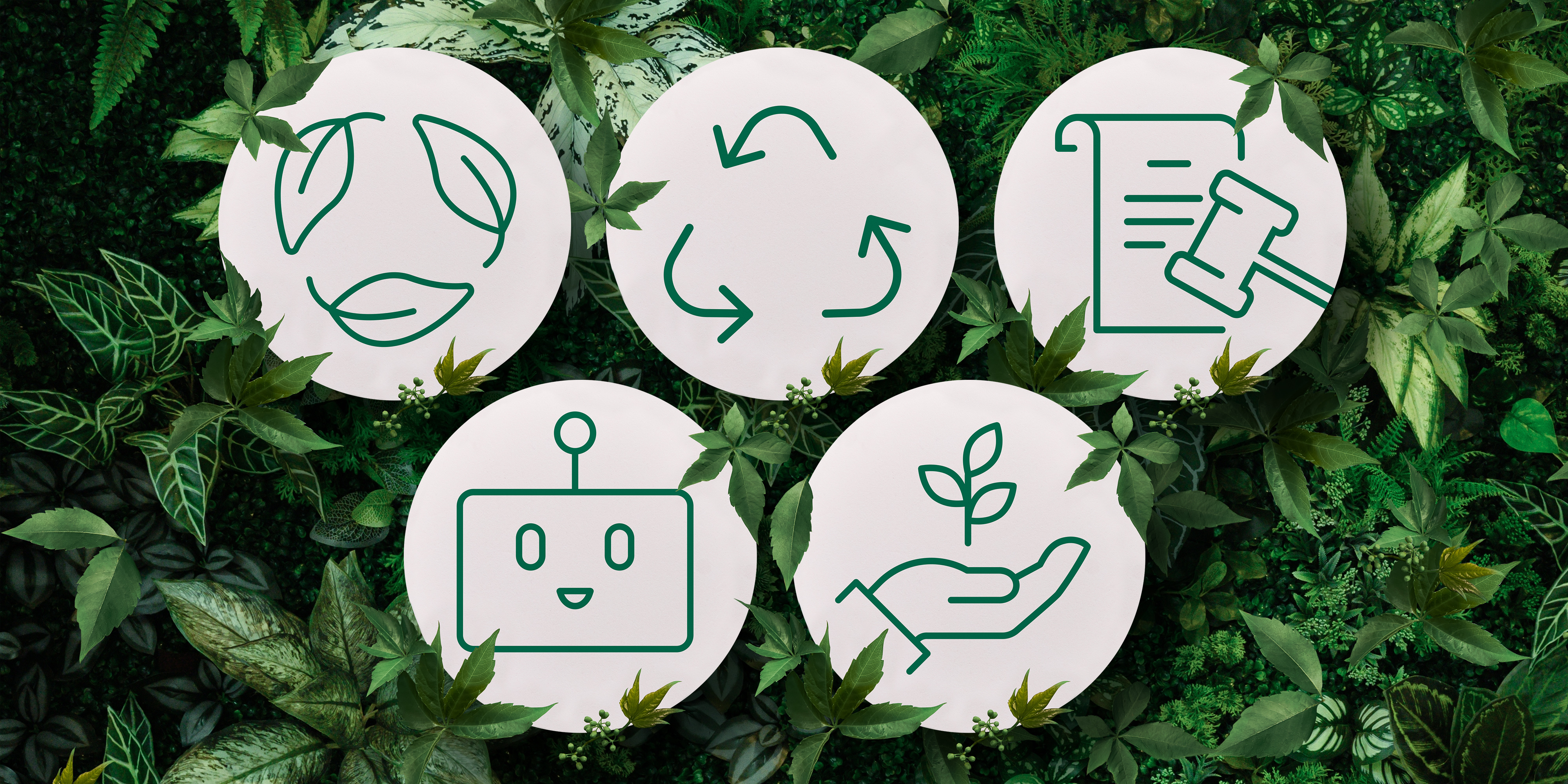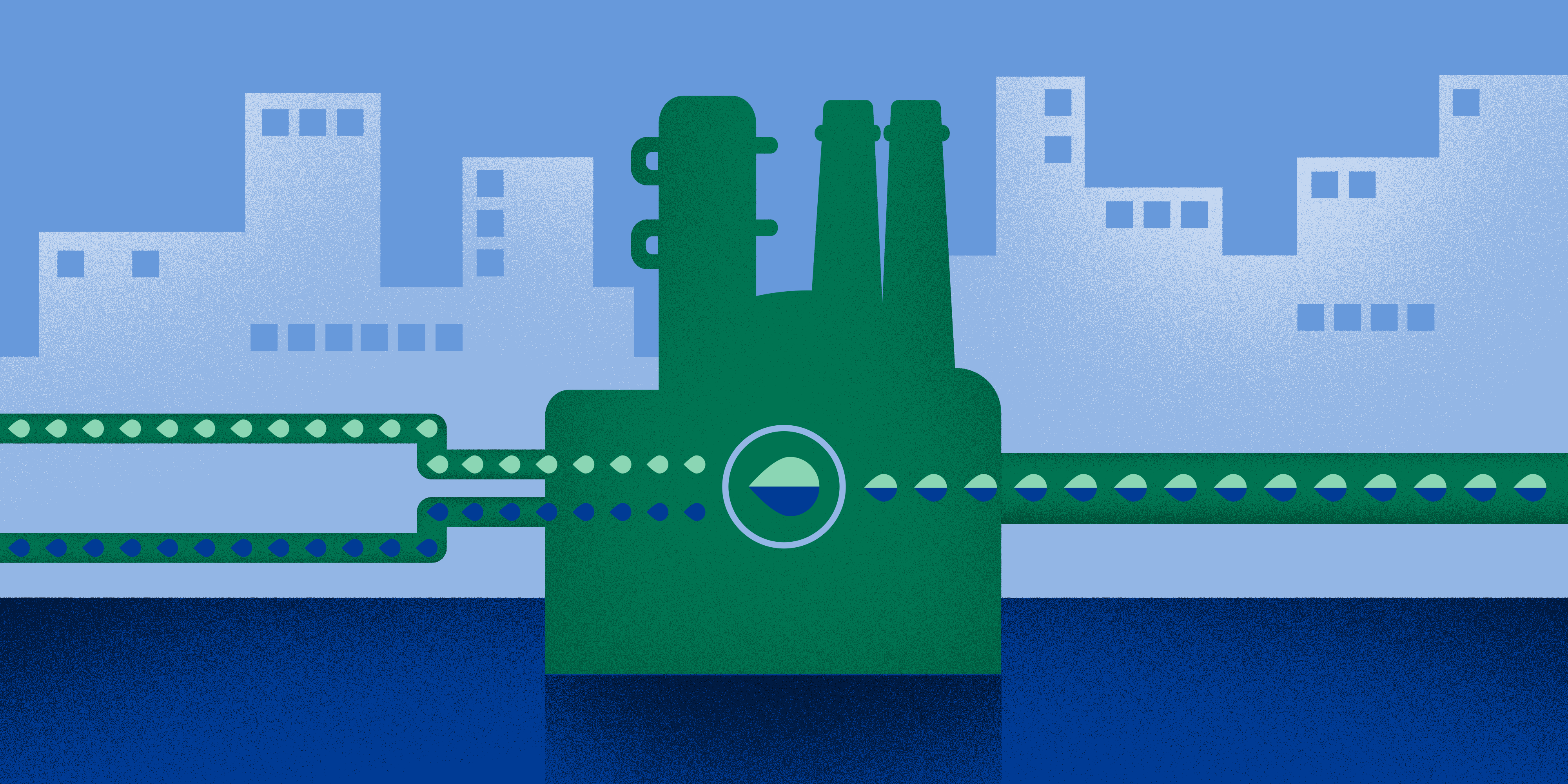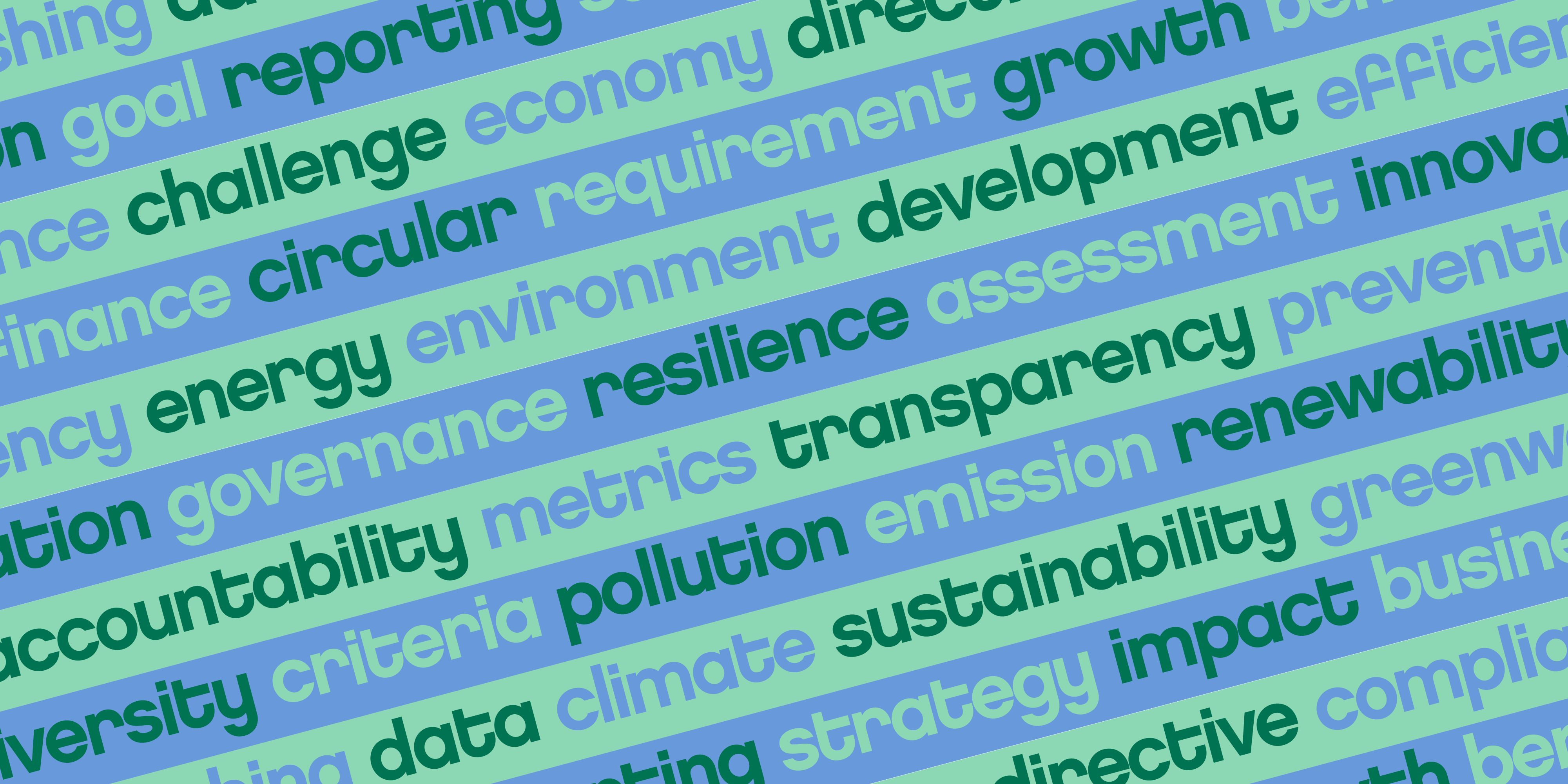
Sustainability
3 minute read
How is the emission reduction assessed?
Neste is committed to reduce customers’ greenhouse gas emissions with its renewable and circular solutions by at least 20 million tons annually by 2030. But how do we do it? Neste’s renewable fuels sustainability expert Sari Kuusisto explains, how the 50-90% emission reductions are achieved.
Neste has developed premium-quality fuels which are produced from renewable raw materials. Biofuels such as Neste renewable fuels are considered particularly friendly to the environment, because the process of growing the raw materials takes carbon dioxide from the atmosphere. Through photosynthesis, the plants bind carbon dioxide into themselves as they grow.
Biofuels’ tailpipe CO2 emissions are considered zero – no tank-to-wheel emissions
Carbon emissions from the use of renewable diesel amount to zero, as the amount of carbon dioxide released upon combustion equals the amount that renewable raw material has absorbed earlier. When the biofuel is consumed, for example burnt in the engine of a car, the carbon dioxide simply returns to the atmosphere.
Carbon from fossil fuels builds up in the atmosphere and speeds up climate change
Fossil fuels are also part of the carbon circulation cycle, but the carbon bound in oil or coal has been out of the circulation for millions of years.The circulation of fossil fuels is so enormously slow, that burning fossil fuels increases the amount of carbon dioxide in the atmosphere. The CO2 released from fossil fuels builds up in the atmosphere and speeds up climate change.
Over the past ten years, Neste has focused on producing renewable fuels to replace fossil fuel use. Neste is now committed to help its customers reduce GHG emissions by at least 20 Mt annually by 2030. This reduction corresponds to the combined annual carbon footprint of over 3 million average EU citizens.
Consumption makes up 85% of fossil fuels’ total emissions
In the case of fossil fuels, about 85% of the emissions come from the combustion of the car's engine. Only about 15% of the emissions is from crude oil production and refining. The transport of raw materials and processed products also account for some of the total emissions.For biofuels, combustion emissions (tank-to-wheel) are zero, because of CO2 sequestration, but over the complete life cycle of biofuels, their refining and transportation do cause emissions.Growing biofuel raw materials requires fertilizers and the use of farming and transportation machinery fuels. Refining plants into liquid fuels also takes steam, electricity and some chemicals.
Renewable fuel raw materials must be sustainably produced in every step of the way
The greenhouse gas savings from the use of biofuels are required by European legislation to be a minimum of 50%, and the threshold increased to 60% for new installation after 2017.The emissions of following stages of the fuel product life cycle are considered, when calculating the total lifecycle greenhouse gas emissions of renewable fuel:Cultivation Processing Transportation of raw materials and products Fuel useTo be classified as biofuel, all raw materials used in the production must be sustainably produced. If some of the above criteria are not met, the product will simply be classified as fossil fuel.
Waste and residue raw materials with high energy value help reduce emissions
Neste’s renewable raw material portfolio consists of over 10 different waste and residue oils and fats as well as vegetable oils. Waste and residues account for approximately 80% of Neste’s renewable raw material use annually
Neste monitors the supply chain to achieve full traceability
Neste only accepts sustainably produced renewable raw materials from carefully selected responsible partners. All renewable crop based raw materials are traceable to their cultivation sites and waste based raw materials to their production sites.Traceability allows Neste to monitor the supply chain from the very start and ensure that at no stage of the raw material production, are human rights violated or primary forests or other carbon-rich areas used.




